
studiovespa/iStock/Getty Images
The hair follicles in your skin connect to sebaceous glands that produce sebum, an oily substance, to lubricate both your hair and your skin. The sebum should travel up the hair shaft and out through the pore opening in your skin, but when your skin produces too much sebum, the pore becomes blocked, resulting in whiteheads, blackheads and pimples. Visit with your doctor or dermatologist regarding decreasing the amount of sebum your body produces with vitamin A and derivatives of vitamin A, along with other vitamin A options, to help decrease your acne breakouts.

gzaleckas/iStock/Getty Images
Apply topical over-the-counter vitamin A retinyl palmitate over your skin to help decrease minor sebum production of your skin. For more excessive sebum production, use a prescription retinoic acid, another form of vitamin A.
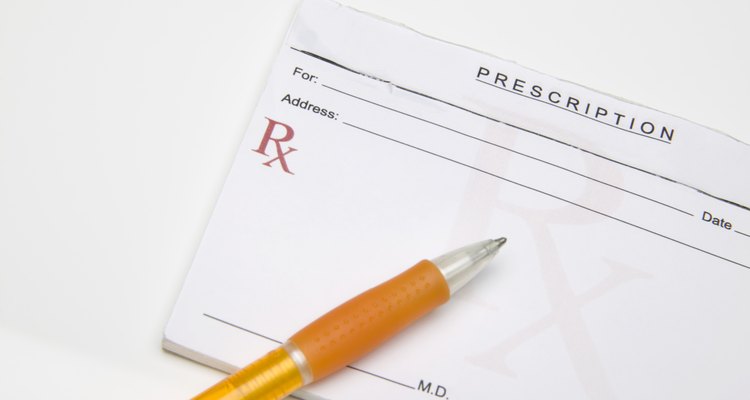
Creatas/Creatas/Getty Images
Take prescription isotretinoin, a synthetic form of vitamin A, orally for a period of four to seven months to control the sebum production of your skin. Your dermatologist may lower the dosage, giving you the ability to take the prescription for a longer period of time if your skin continues to produce excess sebum.

Hemera Technologies/AbleStock.com/Getty Images
Take prescription tretinoin, another form of vitamin A prescribed by your dermatologist. Not only will tretinoin help decrease the amount of sebum your skin produces, it can help control the formation of new cystic acne breakouts.
Related Articles

List of Retinoids

How to Get Rid of Stomach Hair ...

The Effects of Vitamin-D Deficiency on ...
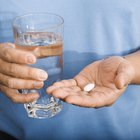
L-Arginine & the Skin

The Difference Between Retin A & Renova

Benefits of Shea Butter and Coconut Oil ...

The Best Vitamins for Sinuses

Copper Peptides Side Effects
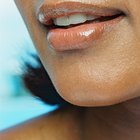
How to Fix an Irritated Upper Lip After ...

Pycnogenol and Acne

Benefits of Vitamin C for Facial Pores

Jojoba Oil Benefits

Glucosamine: Skin Benefits

Does Retin-A Micro Gel Get Rid of ...
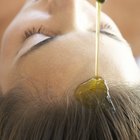
How to Nourish the Scalp

Removing Acne Scars With Tretinoin Cream
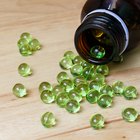
How to Use Vitamin E to Get Rid of Skin ...

How to Remove the Smell of Cologne From ...

How to Make a Saran Wrap Girdle

Can Supplements Reverse Gray Hair?
References
Writer Bio
Cecilia Harsch has been writing professionally since 2009. She writes mainly home improvement, health and travel articles for various online publications. She has several years of experience in the home-improvement industry, focusing on gardening, and a background in group exercise instruction. Harsch received her Certified Nurses Assistant license in 2004. She attended Tarrant County College and studied English composition.
Photo Credits
studiovespa/iStock/Getty Images